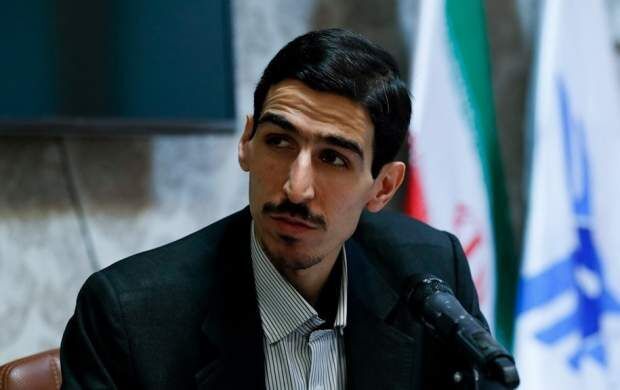Malek Shariati-Niasar, detailing the committee’s Sunday meeting, said the session addressed proposals to create ministries for energy, water, and the environment. Attendees included representatives from the Oil Ministry, Energy Ministry, Department of Environment, Plan and Budget Organization, the president’s legal deputy, and the Parliamentary Research Center.
He noted that the Energy Ministry proposal, signed by the committee’s chair and members—45 lawmakers in total—was reviewed. Since the plan includes a timeline for assessment and design, further discussions will take place in upcoming meetings after gathering input from relevant agencies, think tanks, and research centers.
Shariati-Niasar emphasized that while there is consensus on consolidating Iran’s energy management, debates remain over structuring sub-departments and ensuring coordination among them.
He added that the idea of an Energy Ministry dates back to the Third Development Plan but was never implemented, leading to its replacement by the Supreme Energy Council. Currently, most energy-related bodies—except those in charge of execution—operate in a unified manner. For example, Parliament’s Energy Committee reviews oil and gas together, and the PBO, Parliamentary Research Center, and Supreme Energy Council each have integrated teams. Even energy flow charts are published uniformly by the Energy Ministry.
Shariati-Niasar stressed that forming an Energy Ministry does not conflict with Article 75 of the Constitution, saying it would streamline government operations, cut costs, and not impose additional financial burdens. The Administrative and Recruitment Organization would handle key aspects, and if the government submits a bill on the matter during the review process, Parliament would welcome it. However, he noted that the current administration has until the end of its term to act.


Your Comment